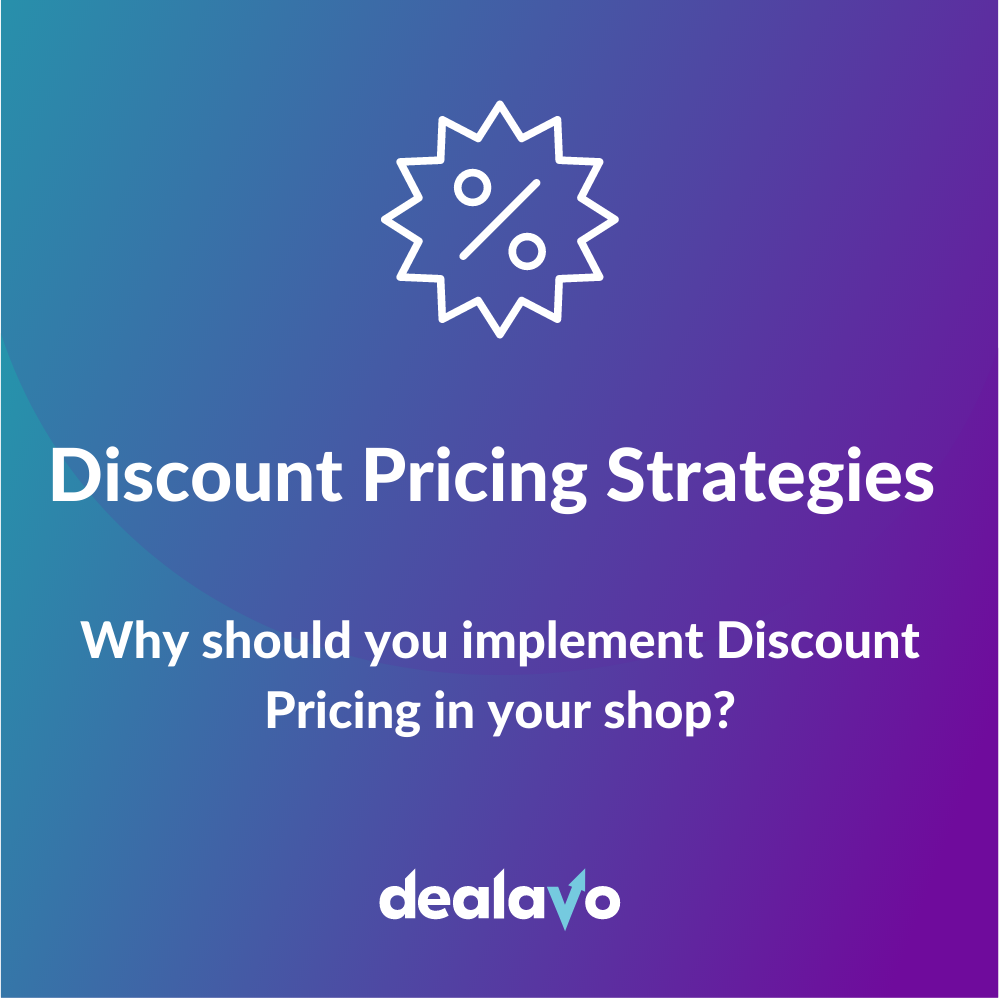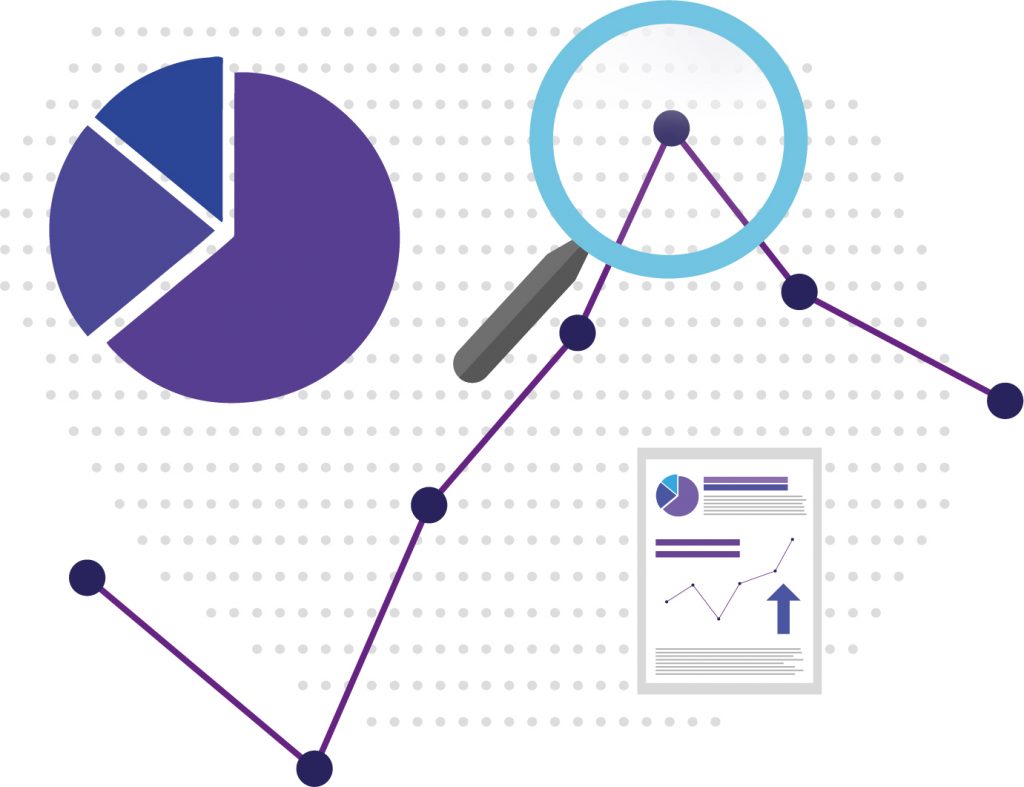Decoy Pricing Strategy – how can you increase sales volume and boost your profits with a Decoy Effect?
- 17 February 2023
Pricing strategies are used in many areas to influence customers’ purchasing decisions. The Decoy Pricing Strategy is particularly effective and can lead to success in e-commerce. In this article, we explain what the Decoy Effect is, the benefits of this pricing, and how Dealavo can help you monitor your prices to best implement your pricing strategy and increase profits.
Pricing strategies – how to use a pricing strategy to influence customers’ purchasing decisions?
Pricing strategies are procedures that companies use to control the price of their products or services. There are different types of pricing strategies that are used depending on the business objective. Especially in e-commerce, pricing strategies are an important tool to get customers to buy. In online retail, prices are usually not fixed but vary depending on supply and demand. Companies can therefore adjust their prices and implement a pricing policy that is tailored to the needs of their customers.
For instance, you may use a pricing strategy to increase the price of a product to make a product more exclusive, or you decide to lower the price to attract more customers. In both cases, a pricing strategy can result in more sales being made. However, pricing strategies can also aim to strengthen customer loyalty or increase customer satisfaction. The Decoy Pricing Strategy is one of these strategies and is mainly used when the company wants to get the customer to buy a certain product or service.
Decoy Strategy: use the decoy effect to encourage customers to buy your products
The Decoy Pricing Strategy is based on the principle of comparability. A product or service is positioned in such a way that it appears particularly attractive compared to other products. This can be achieved, for example, through a lower price, better services, or a higher level of quality. If users can compare when purchasing, for example, because two similar options are offered, then most customers will perceive one offer as more appealing. This creates a compromise effect and influences the purchasing decisions of consumers.
For this purpose, a “decoy” product or a “decoy” service is offered, which should make the decision easier for the customer. This decoy product is positioned in such a way that it appears particularly less attractive than the actual main product. In fact, the customer usually chooses the main product because it appears significantly better than the decoy product.
When choosing a product, customers pay attention to various properties such as quality and price. The Decoy Pricing Strategy can help influence the customer’s decision by focusing on a specific property. For example, the customer is persuaded to regard the price as the most important criterion when making a purchase decision.
If the customer has two different products to choose from, one of them can be highlighted and appear more attractive by being comparatively low in price. However, the Decoy Pricing Strategy can also be reversed, and ensure that a product appears more attractive despite a higher price. This can be achieved, for example, through a better level of quality or higher performance.
What are the benefits of the Decoy Pricing Strategy in e-commerce?
The Decoy Pricing Strategy can be used particularly effectively in e-commerce, as customers often find it difficult to make decisions. By positioning a product or service as a decoy, one can persuade the customer to opt for a particular offer. What’s more, Decoy Pricing Strategy is relatively easy to implement. In addition, it can also be flexibly adapted, depending on which product or service you want to advertise. Besides, this pricing strategy can also be used to increase demand for a particular product.
What are the drawbacks of the Decoy Pricing Strategy in e-commerce?
The major disadvantage of the Decoy Pricing Strategy is that it only works if the customer can actually choose between the decoy product and the main product. If there is no decoy product similar to the main product, the Decoy pricing strategy will not work.
In addition, it may happen that the customer actually finds the decoy product more attractive than the main product. In this case, the Decoy Pricing Strategy would not bring the desired success. Therefore, it’s extremely important that the decoy product is positioned correctly and doesn’t appear too tempting.
Price monitoring with Dealavo
Dealavo is a price monitoring tool that allows you to employ the Decoy Pricing Strategy in your e-store. Dealavo monitors your competitors’ prices, allowing you to react quickly to price changes. In addition, Dealavo allows you to adjust your own prices to implement the Decoy Pricing Strategy. Price monitoring is the basis for the optimal application of a pricing strategy, since you as a retailer or manufacturer get an overview of the current market situation relating to your assortment and industry.
Although in theory, you can also monitor prices manually, this type of monitoring is almost impossible to implement in e-commerce. The number of products in online shops and marketplaces is too large to accommodate daily price changes. Instead, you can use Dealavo’s price monitoring tool, which will make price monitoring much easier for you.
Interested in price monitoring with Dealavo?
Don’t hesitate to contact us!
Start with a 7-day demo to test our price monitoring and Dynamic Pricing functionalities.
Decoy Effect as a Pricing Strategy in e-commerce – wrap up
The Decoy Pricing Strategy can be an effective way to influence customers’ purchasing decisions in e-commerce. It can help direct the customer’s focus to a specific attribute, such as price. In addition, it is relatively easy to implement and can be flexibly adapted. However, there can also be disadvantages if the decoy product seems too attractive or there is no product similar to the main offer.
Nevertheless, to be able to use the pricing strategy you have chosen in e-commerce, regular price monitoring is essential. You can either do this manually or use a tool like Dealavo, saving time and effort.




